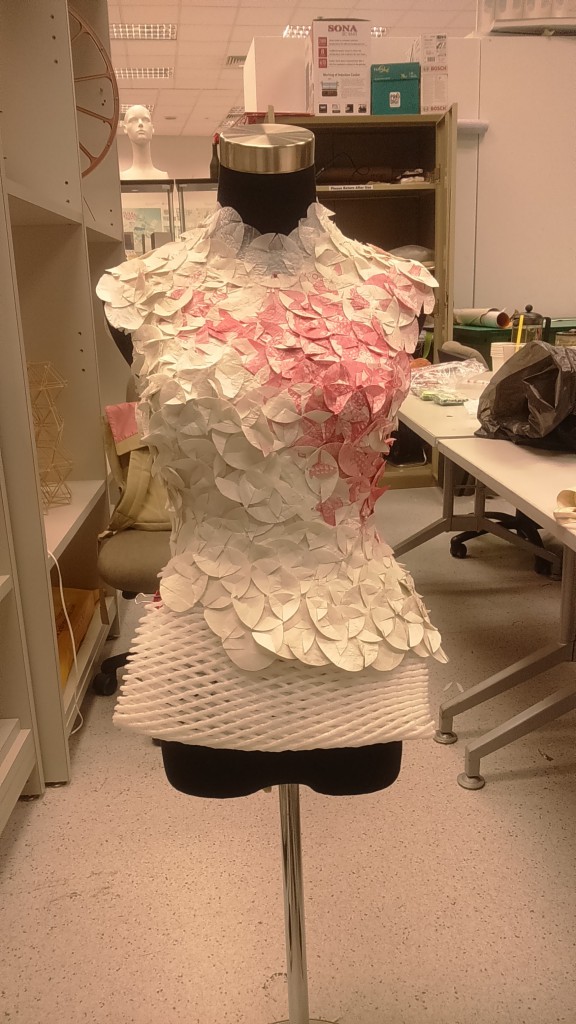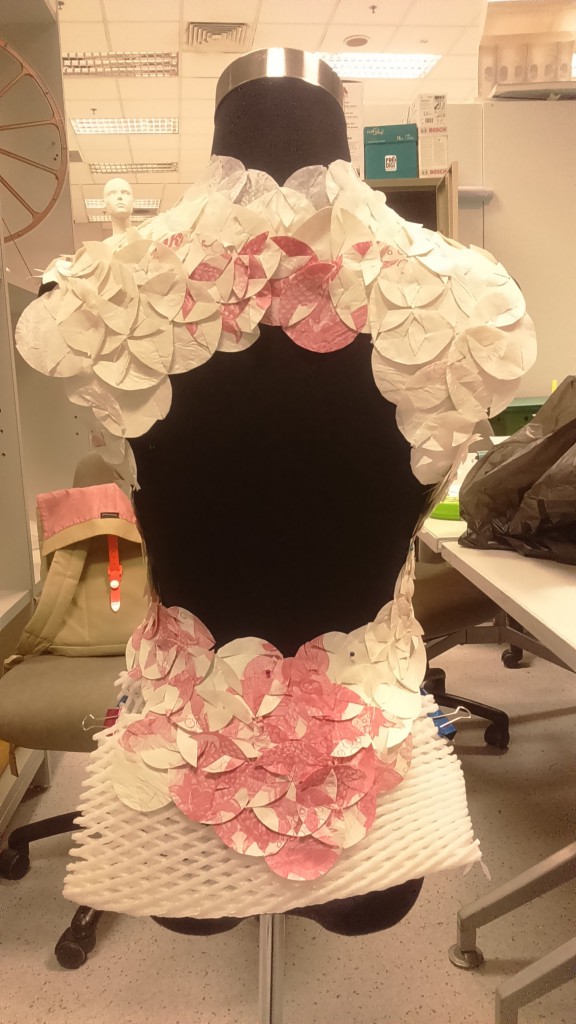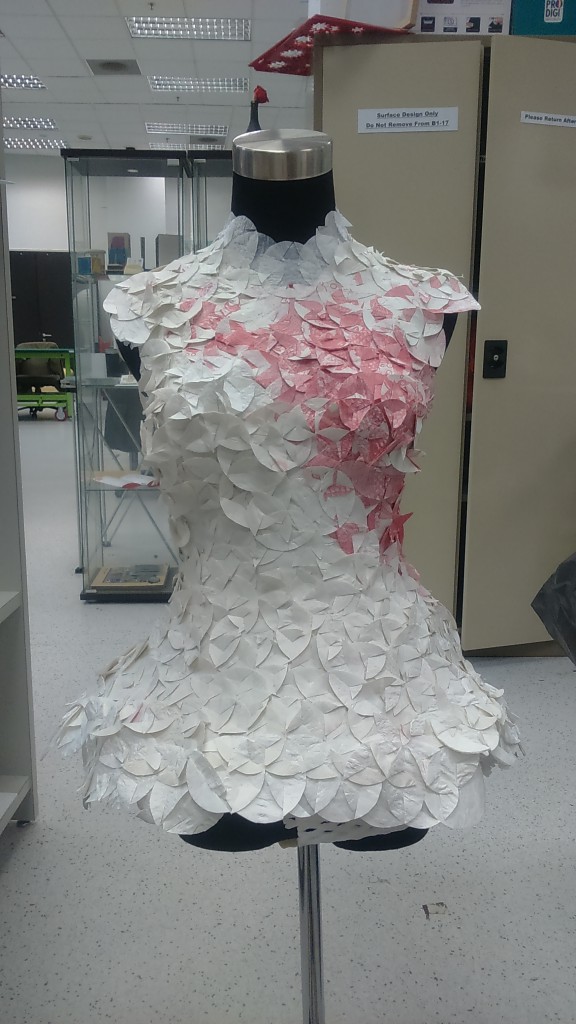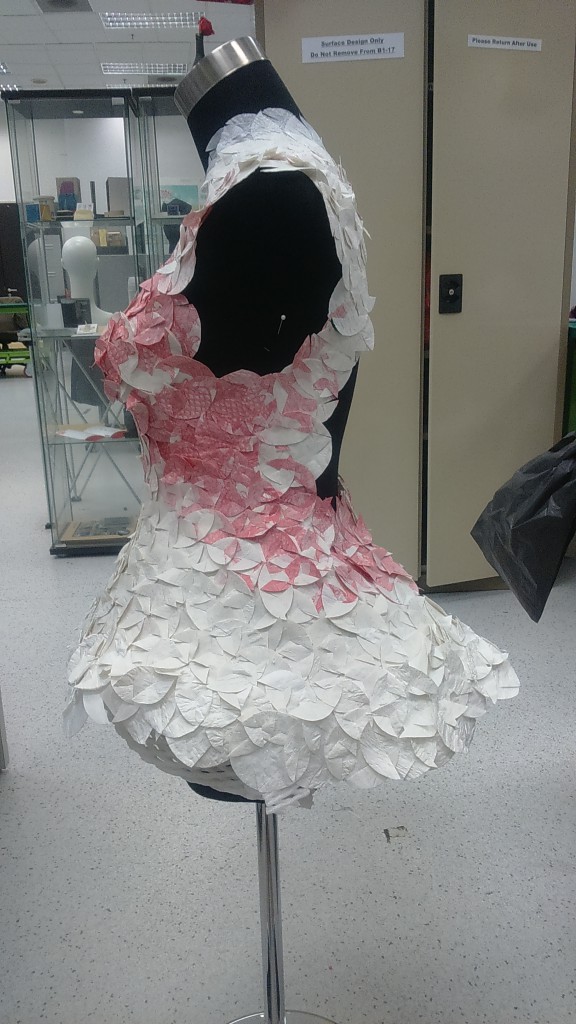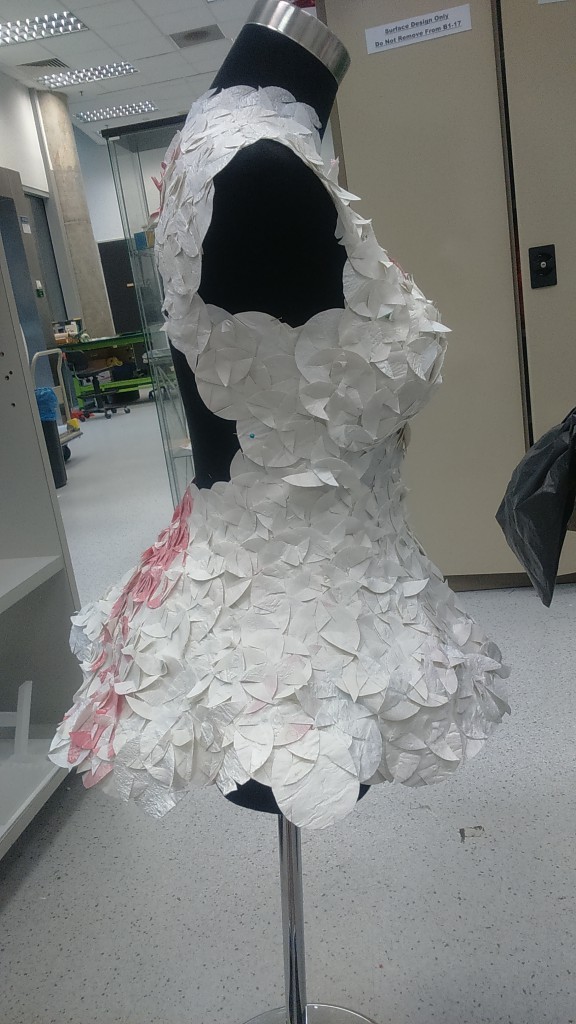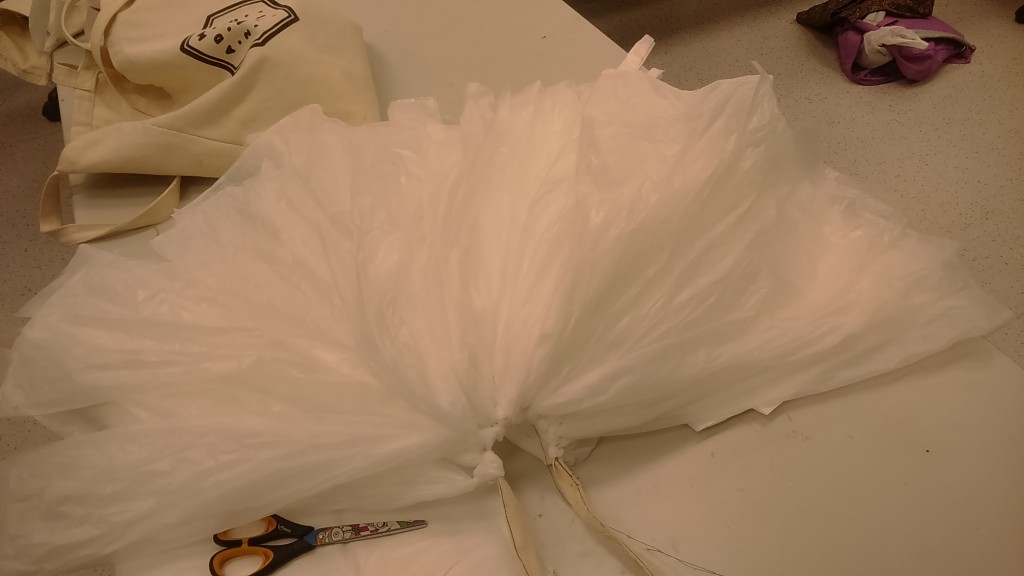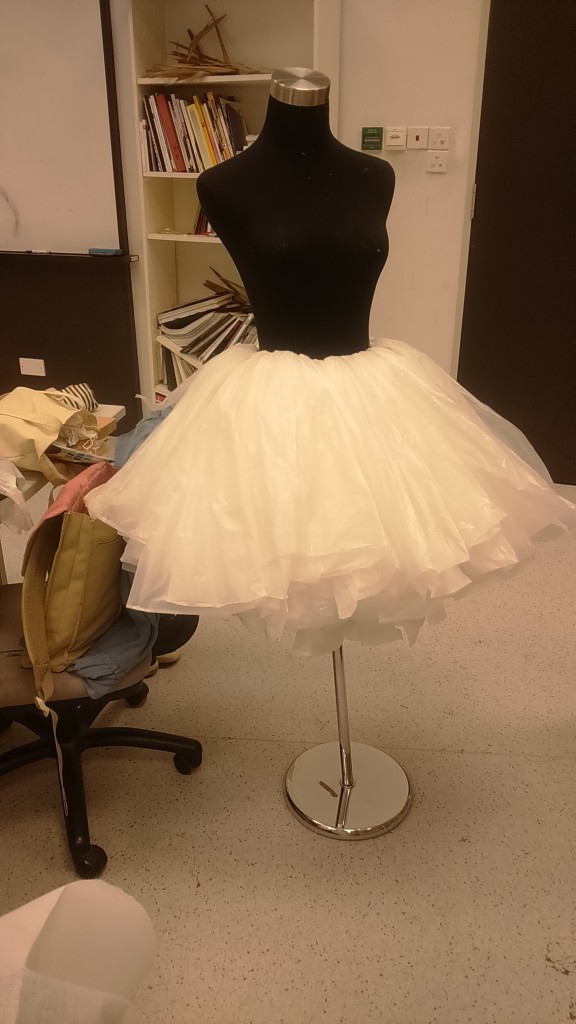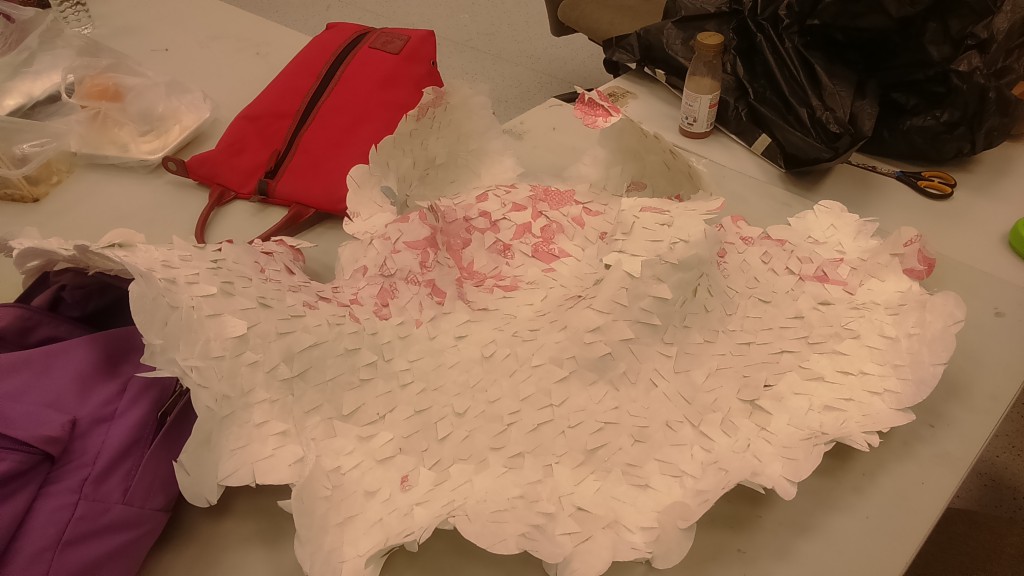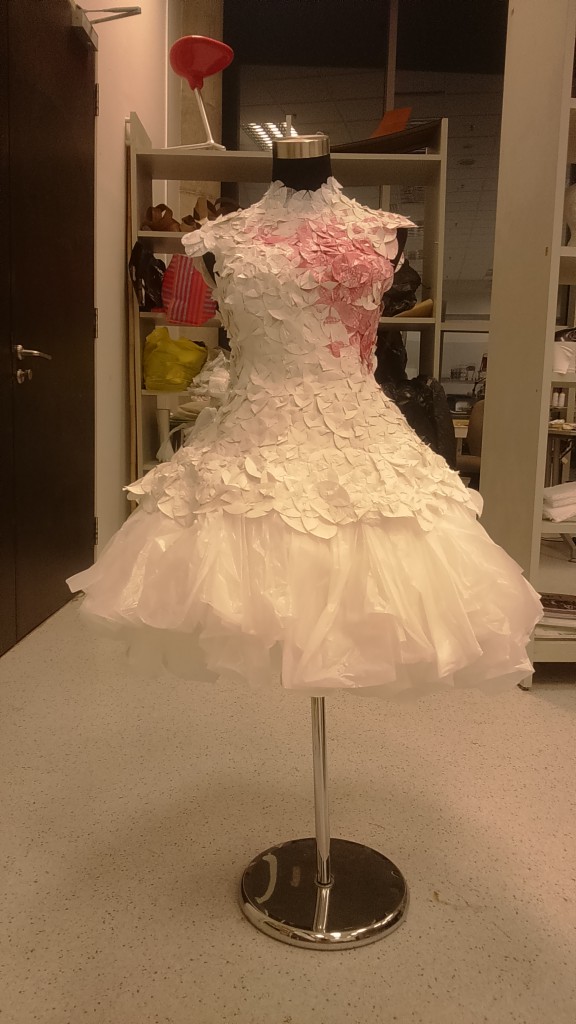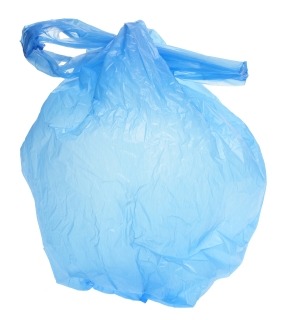In chapter 4: ‘Body, Personal Relations, and Spatial Values’, of book: ‘Space and Place, The Perspective of Experience’, author Yi Fu Tuan discuss “Space” as a term, that brings with it far more complexity and abstract thought, that I at first realised.
If asked to define “Space” (before reading) I would immediately visualise an environment, a physical place that I have been to; see in my mind’s eye, where this place fits in the world I have, all mapped out in my brain.
Take for example: ‘Canteen 2’, it is in NTU, and from canteen 2 I can walk down the sheltered path, pass Hall 2, cross a road, go down the long stairs and reach ADM (where I spend the vast majority of my time when in NTU).
I have an image in my mind; what everything looks like, the texture of the bricks under my feet as I walk the pathway, the trees on my right and the volleyball court on my left as I traverse back to ADM.
The reading however has really began to make me pause to scrutinize this “brain map” and how I perceive space as a whole.
I agree with the author when he wrote about how man uses themselves (man) as the measure of all things, and that this transcends cultures and geography, bringing to mind feet/foot (as a measurement), an arm’s length, a hairs breath, a pace (as a unit) etc.
Another interesting thing noted was how man gave meaning to our spaces, space forwards (frontal space) and upwards closely tied to the future and rank (place of authority), and behind (rear space) and down, our past, place where lesser beings presides (within the shadow of his superior).
Perhaps it might be too impertinent to claim, that when infants sit up, the move from the supine horizontal to the seating perpendicular, is the only cause of his eyes widening, pulse strengthen and quickened breathing.
Still it is interesting to note that across cultures, most rulers and persons of authority are placed in a place of elevated status, i.e. Thrones placed upon a raised platform, and anyone seeking an audience with the person of higher authority having to bow or kneel before them. In a more modern context, Judges are normally placed on a raised platform in the center of the courtroom.
Many cultures also placed significance on the left and right, the right signifying the positive (power, good, legitimate) and the left, negative (impure, feeble), at least in most cultures.
Additional example (apart from those in the text) to demonstrate this: In Kyudo, the Japanese martial art of archery, the place of training called the Kamiza, it traditionally also housed the Kamidana, a small shinto altar, to the right (within the building). Meditation before and after each session is also mostly done while facing this place of power. Even in modern times, after they’ve stopped incorporating the Kamidana into the building’s design, during competitions, judges are still seated within this area (right side).
Just when and for what reason did man start assigning meaning to these spaces, and how come so many pockets of civilizations, separated by geographical distance and languages, share such similar beliefs and views when it comes to space? Is the perception of space instinctual, pre-programmed into our DNA? Shared and travelled with the traded done in the past? Passed down by generations of ancestors, long before civilizations were built?
In the chapter the author writes that prepositions are necessarily anthropocentric, and that statements of location, can give out far more information than the simple locational facts. I agree that when someone says that I have locked my keys inside the car’, a more subtle ‘anguished cry’ can be read. And that ‘I am in my office’ could also be read as ‘come in and see me’ or ‘do not disturb’.
I would also like to put forward on the other hand, that statements of locations might be even more complicated nowadays than it perhaps was, when the book was first published (in 1977).
Statements like: “I am in my office” and “I have locked my keys inside the car”, today can have different meanings depending on where this statement is made. “I am in my office” as a personal message to a colleague could (as mentioned earlier) very well mean “come in and see me” or “do not disturb”. But, if posted on any form of social media, they could take on a whole different range of meanings.
Within social media (unless you are using a personal messaging system), the majority of your audience (of said statement) will more likely than not, have nothing to do with your working life and therefore, saying that you are in your office, should not mean anything to these people in any way shape or form, right (they should not be able to read anything else apart from the statement)?
However imagine if someone shares the statement “I am in the my office” on Instagram, Facebook or twitter, maybe coupled with a picture of themselves, in a beautiful, well organized office, holding an expensive coffee from across the street. It might also very well be that this person has: a new job, just gotten a promotion, wanted to show off his/her office, wants to show everyone that they are really hardworking (if they are posting this at an hour when most other office workers are at home), etc.
“I have locked my keys inside the car”, on social media could just as easily be read as: I have a new car or look at my expensive name brand car. After all how can anyone on social media possibly help with you locking your keys inside your car? What other possible reason (other than bragging or wanting somebody to sympathize with) could someone have for posting a statement like that?
The act of posting something on social media with the intention of bragging, has gotten so prevalent that terms like: humblebrag was invented (in 2010).
With ‘distance’ also, due to the widespread presence of the internet and media, perhaps the idea that distance somehow implies the degree of accessibility might not necessarily apply anymore.
If a person say they saw a fierce dog the other day, it could mean that they saw a dog ‘too close for comfort’ or ‘tied to a post so I am beyond its reach’. Nevertheless, it could also just as easily mean; I saw a Cesar Millan trying to correct the behavior of a fierce dog on television the other day.
Overall I think some parts of the reading was a great observation of many points, but some ideas might have changed over they years, as technological improvement has affected and changed the way humans communicate his space, and thoughts about what space means/represents.
Word Count: 1141
Bibliography:
- “APPENDIX G :: WEIGHTS AND MEASURES” Central Intelligence Agency. Accessed September 25, 2017. https://www.cia.gov/library/publications/the-world-factbook/appendix/appendix-g.html.
- “Inside a Court Room.” Inside a Court Room – You and the Judiciary – Judiciary of Scotland. Accessed September 25, 2017. http://www.scotland-judiciary.org.uk/13/0/Inside-a-Court-Room.
- Onuma, Hideharu, Dan DeProspero, and Jackie DeProspero. Kyudo: the essence and practice of Japanese archery. New York: Kodansha USA, 2013.
- Tuan, Yi-Fu. Space and place: the perspective of experience. Minneapolis: University of Minnesota Press, 2002.
- Dean, Alissa. “News Flash! No One Actually “Likes” Your Social Media Bragging.” The Huffington Post. March 26, 2014. Accessed September 25, 2017. http://www.huffingtonpost.com/alissa-dean/news-flash-no-one-actuall_b_5018743.html.
- Newton, Casey. “Harris Wittels, Parks and Rec writer who coined ‘humblebrag,’ dies at 30.” The Verge. February 19, 2015. Accessed September 25, 2017. https://www.theverge.com/2015/2/19/8073107/harris-wittels-parks-and-rec-humblebrag-dies-at-30.
-Amber Lim Wan Ying
Click here to download this in PDF



































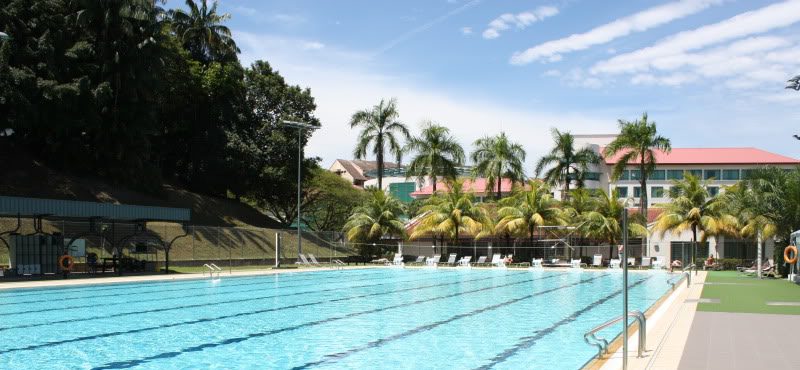




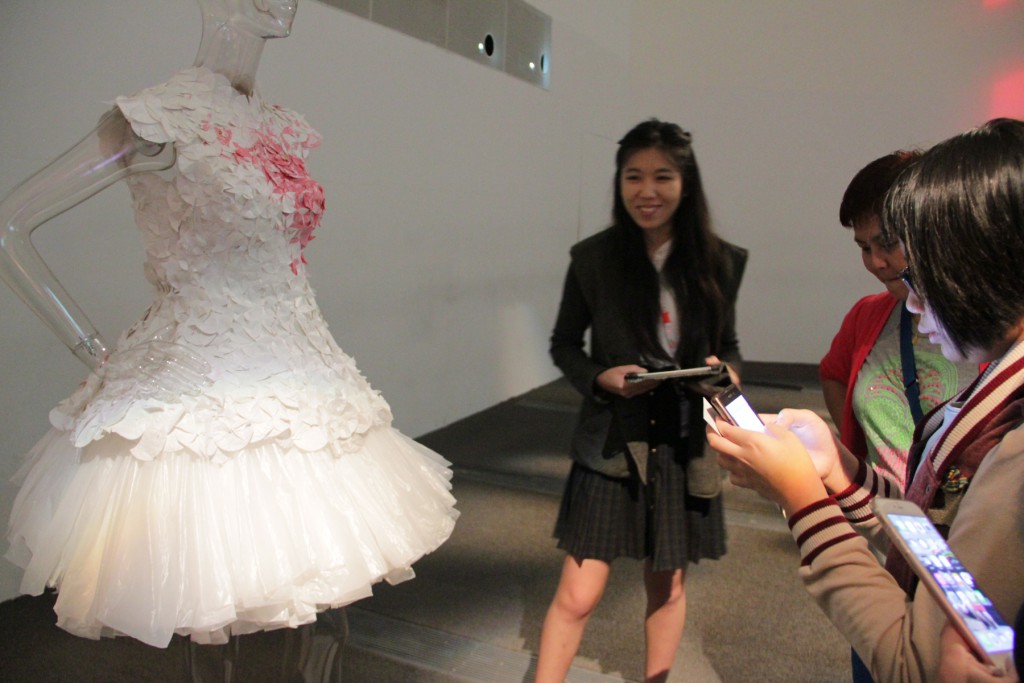
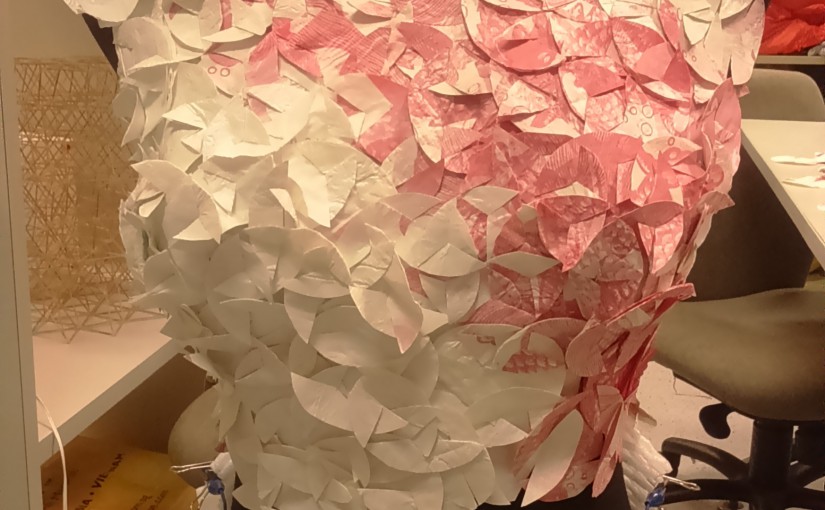


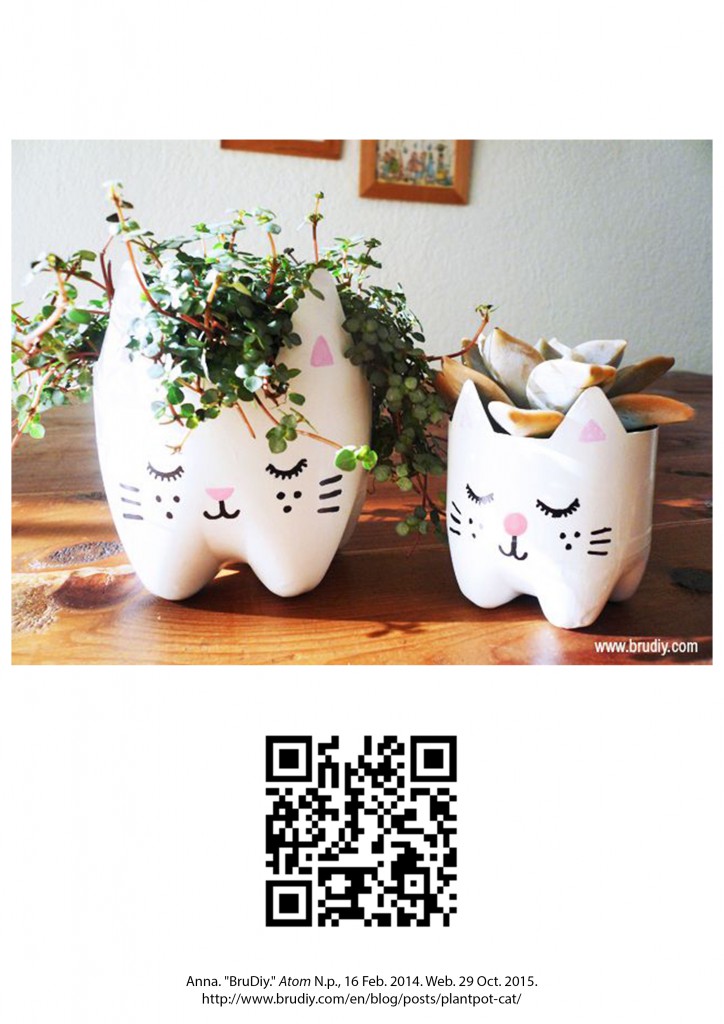
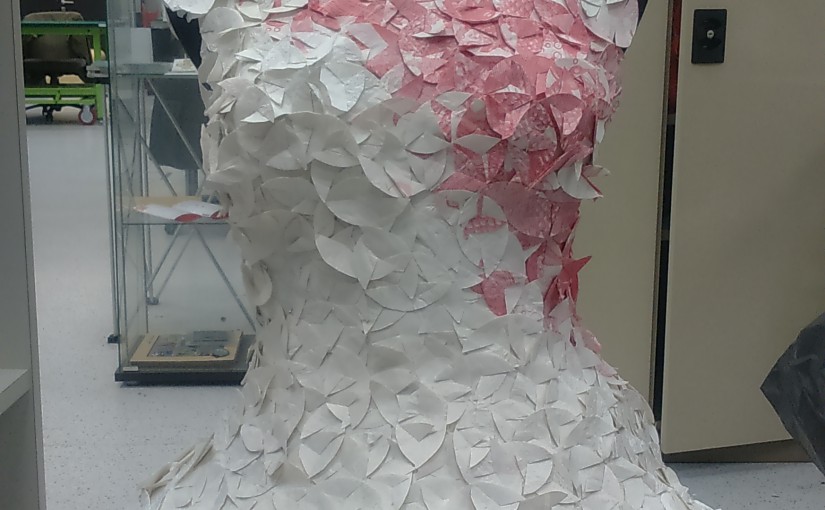
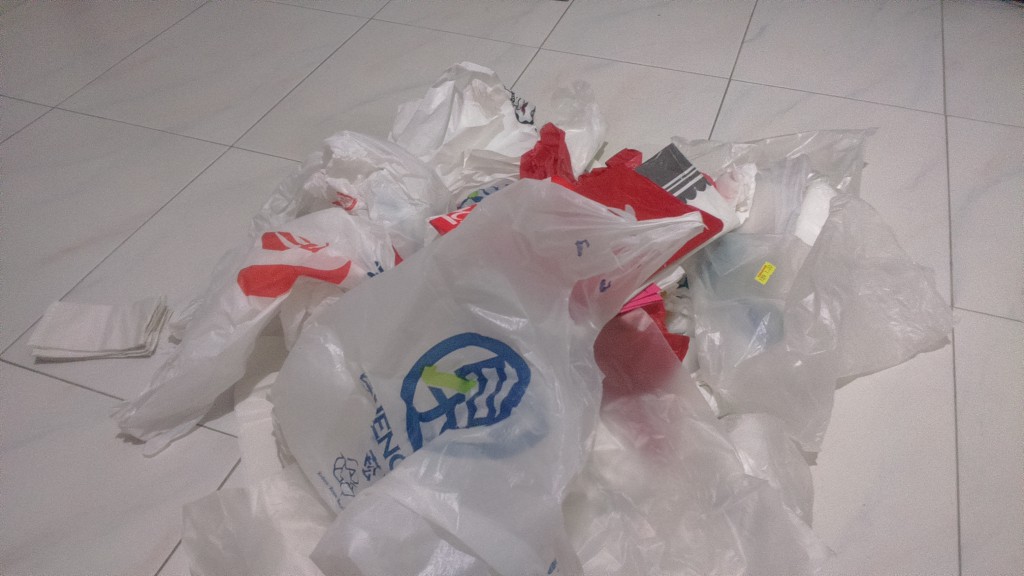
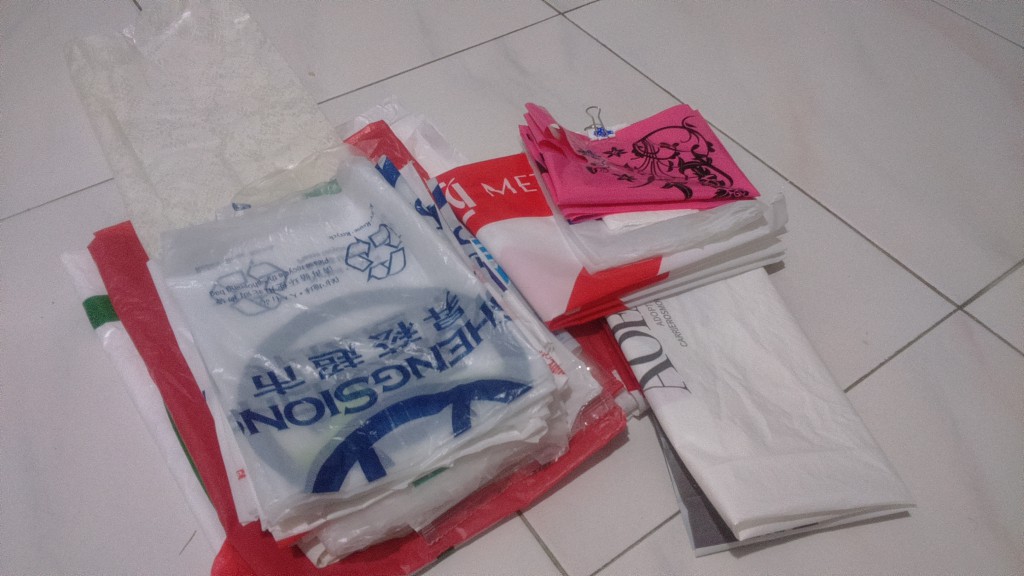
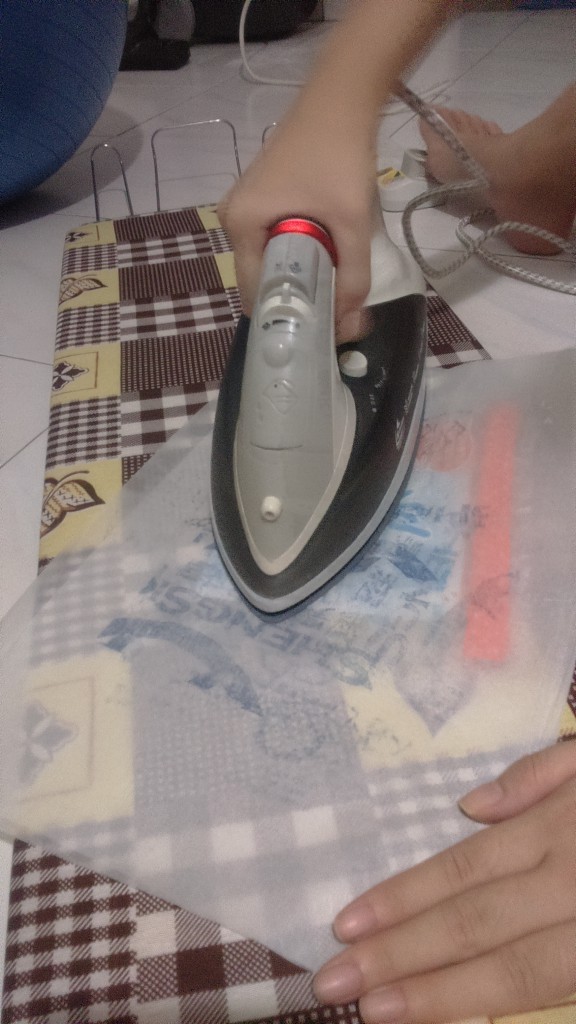
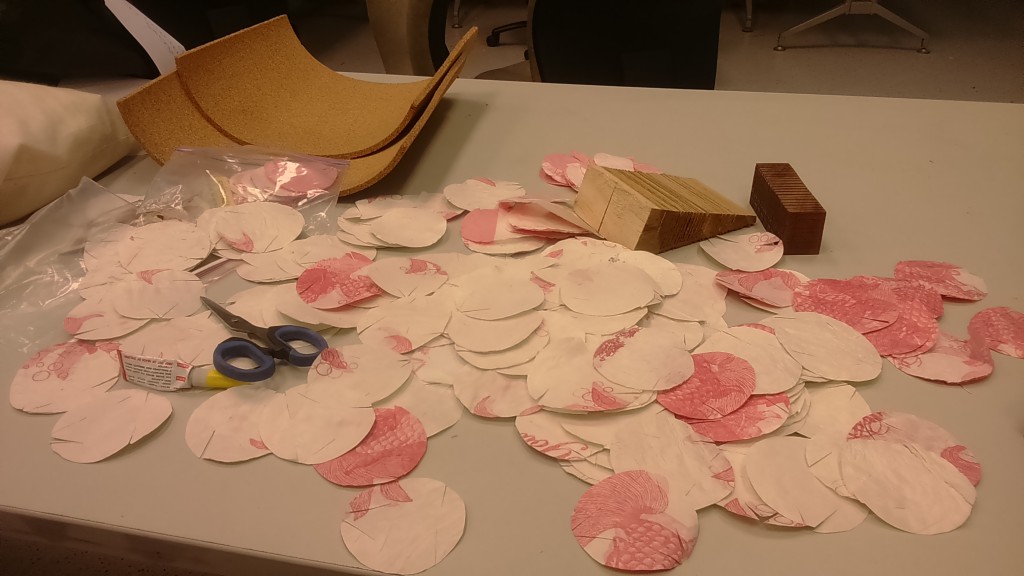
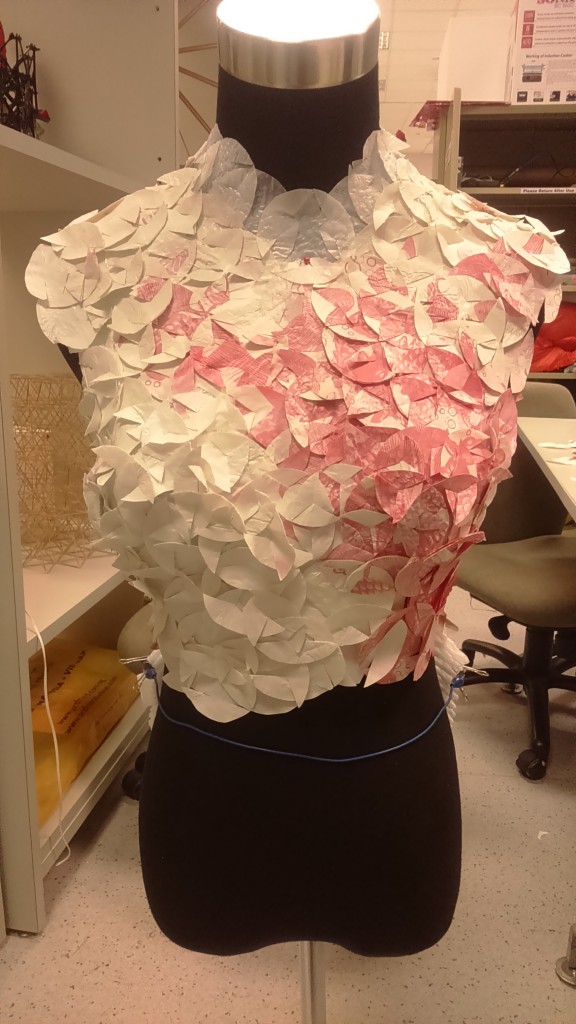 Plastic modules were hand cut individually and arranged according to size and types of cuts used (slanted slits, even slits (on each module)). During arrangement of colours , pattern and design of the garment was slowly experimented on and evolving.
Plastic modules were hand cut individually and arranged according to size and types of cuts used (slanted slits, even slits (on each module)). During arrangement of colours , pattern and design of the garment was slowly experimented on and evolving.